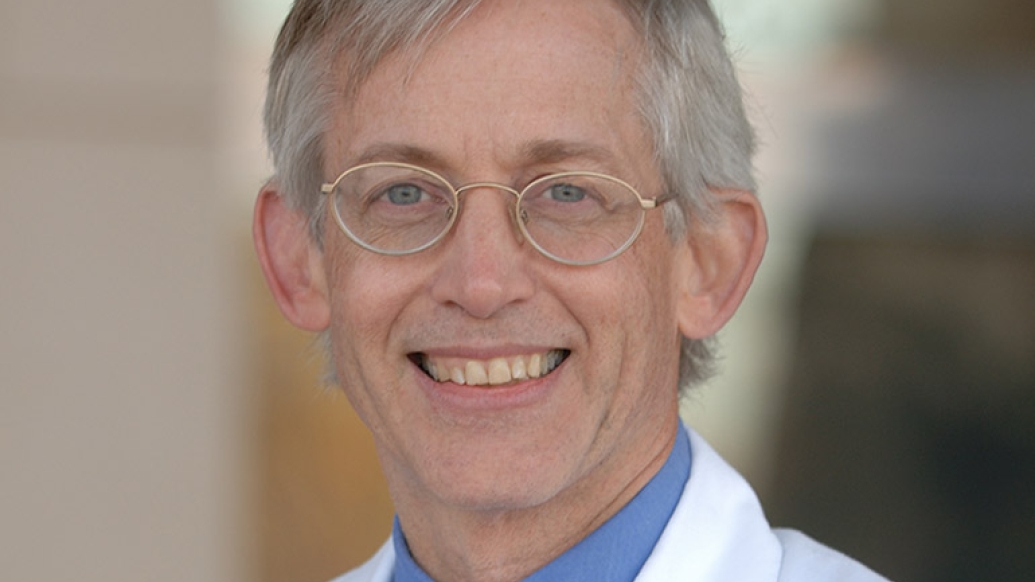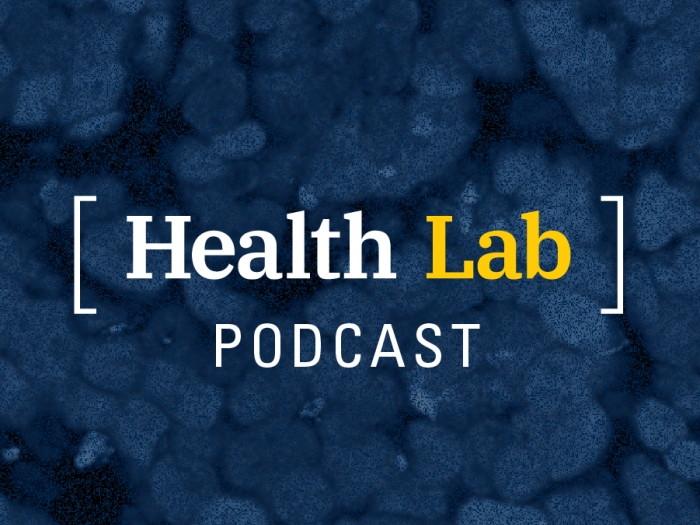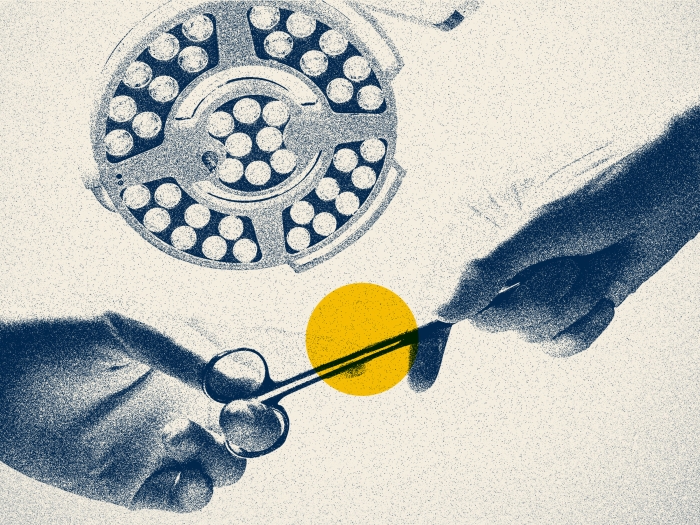What he learned may have helped save lives in the U.S.
Author |

Do you remember what you knew about COVID-19 in January of 2020? Probably not much.
The same was true for H. Clifford Lane (M.D. 1976, Residency 1979), who works at the National Institutes of Health (NIH) as deputy director for clinical research and special projects at the National Institute of Allergies and Infectious Diseases. He had seen news articles and research papers about this disease in China that looked like a new kind of pneumonia.
But he first began to suspect this was a bigger deal when he saw a TV news story about new hospitals being built in Wuhan. Hospitals that were going to have a huge number of beds.
In February 2020, he became one of two U.S. representatives to visit China at the behest of the World Health Organization (WHO). He was on his way to Japan when he got the invitation from WHO. Lane called his boss, Anthony Fauci, M.D., who told Lane he ought to accept. Along with the delegates drawn from eight countries, it would be Lane's job to figure out what was going on and what the rest of the world could do to mitigate impending disaster.
Lane spent 24 hours in Japan prepping for his trip to China. Although there were relatively few COVID-19 cases in Japan at the time, Lane had more trouble acquiring masks and hand sanitizer than he did getting a visa. As for the sanitizer, the familiar alcohol-based stuff was totally unavailable, and all he could find was "basically bleach." Masks were even more difficult to obtain. He ended up being the only person on his flight to Beijing without one.
When he arrived, Beijing looked deserted. His flight was the only one arriving at the airport, and the streets of the city were eerily empty.
Lane spent his time in China visiting hospitals, markets, community centers, clinics, and other places in different cities. "I think what stuck with me the most was seeing how incredibly organized, orchestrated, and single-messaged the entire population was. They were at war with COVID-19," he says. Lane acknowledged the Chinese government's control over the message, but he believes the information he got was accurate. "You visit hospitals, you can tell how many beds are full. There are things you can't hide."
Lane also noticed that the government frequently put out treatment guidelines as they learned more about the disease. He says the initial mortality rate in Wuhan was 7-10%, but it came down very quickly, thanks to the quick communication of up-to-date therapeutic strategies with clinicians. Lane brought that idea back to the U.S. and put together a panel of experts to create NIH treatment guidelines, which have since been updated dozens of times as new information became available.
Lane says the COVID-19 vaccines give him hope. "Many people would say they are an unprecedented success in terms of speed, efficacy, and safety. This is really quite remarkable," he says. "There is a way out."
But he worries about the lack of vaccination on a global scale. "As long as there is a substantial population susceptible to this virus, the virus is going to continue to change in a way that makes it, for lack of a better word, stronger. It's not done by the virus having a will. It's just done by the principles of biology and evolution."
Lane, who also received his undergraduate degree from U-M, is currently working on research around treatment options — specifically monoclonal antibodies and immunoglobulin. He says both are promising.
As for Fauci, Lane has worked for 42 years with the physician who has become a household name. "Dr. Fauci is the same now as he was when I first met him — dedicated, hardworking … keeping his eye on the goal, not easily distracted," says Lane. "Now more than ever, it's been important for him and those around him to maintain that focus."





